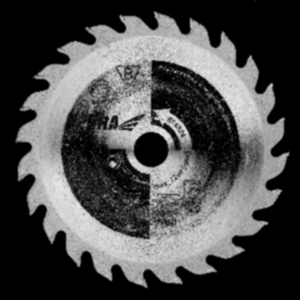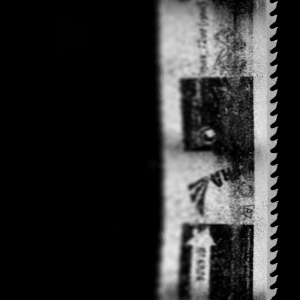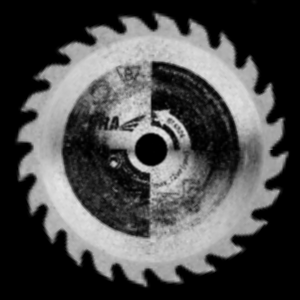You are here: Start » AVL.NET » AVL.ImageInversePolarTransform(AvlNet.Image, AvlNet.Point2D, AvlNet.PolarSpaceType, AvlNet.PolarInterpolationMethod, AvlNet.Image)
AVL.ImageInversePolarTransform(AvlNet.Image, AvlNet.Point2D, AvlNet.PolarSpaceType, AvlNet.PolarInterpolationMethod, AvlNet.Image)
Transforms an image from polar or log-polar space to euclidean space.
| Namespace: | AvlNet |
|---|---|
| Assembly: | AVL.NET.dll |
Syntax
public static void ImageInversePolarTransform( AvlNet.Image inImage, AvlNet.Point2D inCenter, AvlNet.PolarSpaceType inInputSpaceType, AvlNet.PolarInterpolationMethod inInterpolation, out AvlNet.Image outImage )
Parameters
- inImage
- Type: AvlNet.Image
Input image - inCenter
- Type: AvlNet.Point2D
Center of the coordinate system in output image - inInputSpaceType
- Type: AvlNet.PolarSpaceType
Method of transformation - inInterpolation
- Type: AvlNet.PolarInterpolationMethod
Method of underlying interpolation - outImage
- Type: AvlNet.Image
Output image
Description
Reverses ImagePolarTransform using the following transformation:
\[ src(x,y) = dst(\rho, \phi) \]where
\[ \rho = m \sqrt{x^2 + y^2} , \phi = \arctan(\frac{y}{x}), \]for linear-polar space, and
\[ \rho = k \log{\sqrt{x^2+y^2} }, \phi = \arctan(\frac{y}{x}), \]for log-polar space, which emulates the human "foveal vision".
Parameters \(m\) and \(k\) are chosen so that entire source image could fit into output image.
Transformation does not change image dimensions.
Examples
 |
 |
 |
Original image, ImagePolarTransform and ImageInversePolarTransform performed on the sample image with inCenter = (150,150) for log-polar space type.


